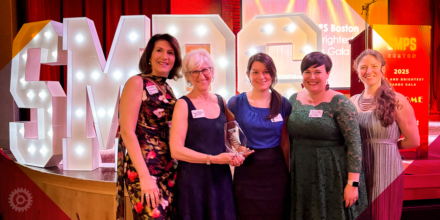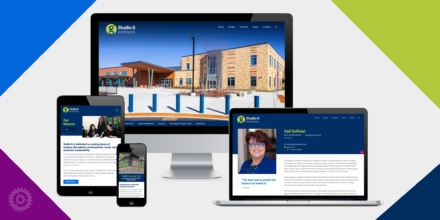
Branding professional service firms is a complex process that takes time and commitment. We’ve worked on dozens of branding and rebranding projects for law firms, engineering firms, financial advisors, and other professional service firms, and each varies depending on situations and conditions specific to the firm. But in our experience, the major and more common hurdles to a firm branding project fall into one of these five buckets:
1) Lack of Firm-Wide Commitment or Understanding
The very first step to a successful branding project is to make sure the need is well defined and understood. Educational sessions explaining what branding is, why it’s important, and the benefits to the firm, always help. Showing examples of competitors that have strong brands is a good way to illustrate the need and benefit. And, an accurate budget that includes both brand research as well as creative implementation is crucial.
2) Not Including the Real Decision Makers in the Process
If you are working with a committee tasked with driving the rebranding project, and the team does not involve the true decision-maker(s) at the firm, it can often delay approval or consensus on brand messaging and design. If the key decision-makers choose not to participate, the Marketing Director may need to personally meet with those individuals to get buy-in on brand positioning, messaging, logo, and visuals, so the project does not derail down the track.
3) Fear of Change, Merging Cultures, Finding Commonality
Humans generally fear change, we like what we are used to. When firms experience a major change due to a merger, a major growth, move, or strategic change, employees often find it hard to let go of the old and embrace the new. A rebranding is easier and goes much more smoothly when there is an existing desire for something new or an understanding that the current brand is not working. Most humans are, by nature, risk-averse. So, even though we gravitate to brands that are unique when we are shopping or cruising the web, when it comes to our own firms, we often lean towards language and visuals that are safe (and overused). In the case of a merger, by identifying the unifying elements of the merged firms, a strong brand will create a single message that everyone at the firm can embrace and that resonates with your marketplace. Establishing a “firm-first” mentality also supports cross-marketing and business development strategies, as well as cultural change.
4) Not Doing All of the Homework
Successful branding projects require research. In order to differentiate your firm from your competition, you must understand how your firm is viewed internally (by owners and employees) as well as externally (by clients, referral sources, recruits), and how your competitors are positioning themselves. It is extremely important to conduct interviews, focus groups, and surveys of people at your firm as well as clients and referral sources. Creating an authentic brand requires both perspectives (internal and external) because in the end, if your brand does not resonate with your audience, it simply will not be effective. Partners sometimes push back on client interviews, fearing clients will be “bothered.” But after conducting hundreds of these types of interviews, we know that clients truly enjoy being heard. Additionally, they offer insights that partners value and respect, which helps bring everyone to a consensus on the new brand messaging.
5) Delaying Creative Implementation
Branding projects take time, usually a few months minimum. But allowing too much of a lag in the schedule can really jeopardize the project as a whole. Once the research phase is completed, it is important to dive right into the creative implementation, while the data is fresh and the brand findings are still top-of-mind. Seeing the creative execution — how the words and visuals come together — energizes the firm and propels the project forward.
Vanessa’s article also appeared in SMPS Boston’s Outlook.




